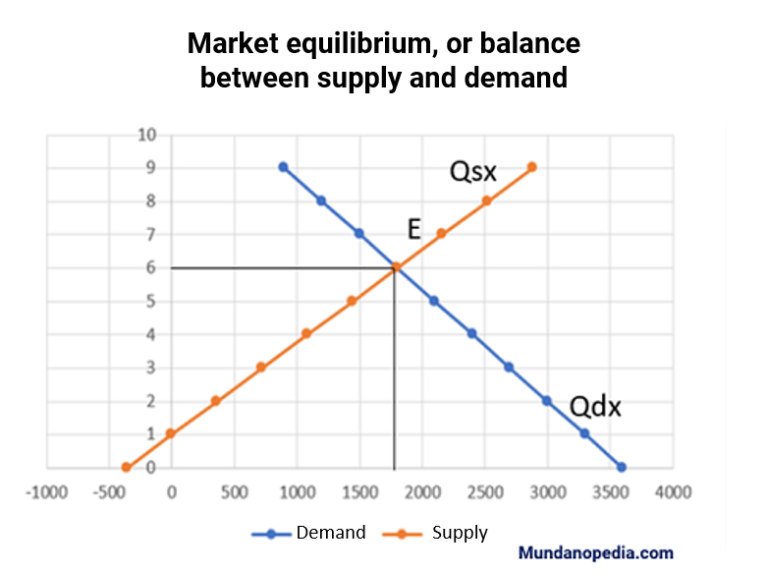Economic Analysis: Definition, Overview, Tools & Uses
Economic analysis
Economic analysis is a methodological procedure through which economic behavior is predicted based on cause-effect relationships of the factors that influence the decisions of economic agents, and on the laws of thought and historical data. (1)
Contents
Elements of economic analysis
Economic analysis is made up of different elements that allow to observe and analyze the interactions of economic phenomena, and they are the data, the variables, and the economic subjects.
Economic data
Economic data are the most stable elements of information, they change very slowly, such as the legal system, the form of government or natural resources. For example, Venezuela is a South American country that has a constitution that protects private property (2) and its main source of income are natural resources, especially oil.
Economic variables
Economic variables are the dynamic and changing elements and represent components or magnitudes that change and when related to others, they can explain economic phenomena. An example of an economic variable is the level of oil imports and exports that influence the GDP.
Economic agents
Economic agents are people and entities that make decisions and take economic actions, and there can be macro or micro agents.
Microeconomic agents: Microeconomic agents are those with a single decision-making center, such as the family or individuals.
Macroeconomic agents: Macroeconomic agents are those who have several centers of decision-making power, such as the government.
The economic laws of causality
The study of economics, for the analysis of phenomena, is based on logical assumptions, principles, and cause and effect relationships, so that when a change occurs (cause), there are modifications in other phenomena (effect). (3)
Types of cause and effect relationships
- Unilateral cause: A variable causes the modification of another variable, but that effect does not return to the first one.
- Reciprocal cause or bilateral: Where one variable modifies another and that modified variable alters the first one again. This occurs in the law of demand, whereby if the price of a product changes, the quantity demanded is modified, but at the same time, if there is a variation in the quantity demanded, prices may vary as well.
- Simultaneous variation: When there is a correlation between various variables and the cause relationship, the effect is not entirely clear.
Laws of thought
Economics also uses logical rules to avoid errors, such as considering that because several phenomena occur simultaneously does not mean that there is a relationship between them.
Also, the postulate that the causes of a phenomenon should not be generalized or simplified or attributed only to one of them.
And the fallacy of composition, that consists of inferring that something is true of the whole from the fact that it is true for one or more parts.
The use of graphics in economics
Behaviors that become common and generalize in the social collective serve as the foundation for the conceptualization of economic theories. The establishment of economic truths and laws can be represented by mathematical formulas and equations and statistical series (4), making it possible to use graphs that make the representation easier to understand.
Nowadays, its use is frequent in different areas of knowledge, especially through computers and programs such as Excel that facilitate the automatic creation of graphs once the data is added in the corresponding fields.
For example, the graph that is made when you want to demonstrate what happens to the variable “quantity demanded” when the variable “price” increases or decreases. Or the balance between demand and supply.

See also